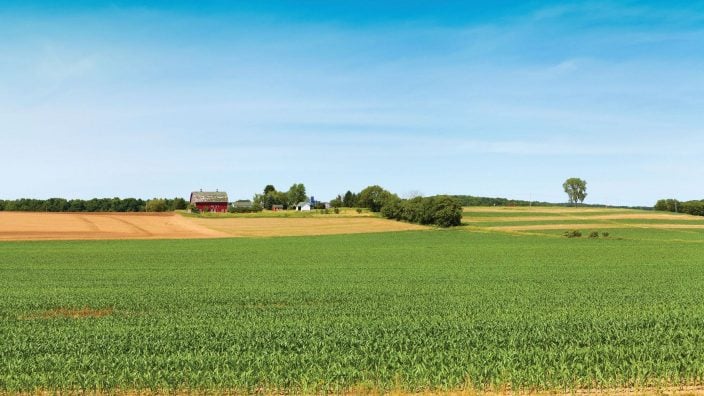Property tax policy under discussion
OFBF annual meeting delegates will discuss how or if current Farm Bureau policy should be modified in light of various property tax proposals.
Read MoreLearn more about eligibility and how to include conservation practices on CAUV enrollment forms.
Current Agricultural Use Value, or CAUV, is a program where farmland is taxed at a rate that reflects its value for agricultural purposes instead of its value as development property. It was enacted by Ohio voters in 1973 as a means to preserve farmland.
Q: Conservation practices were not always considered in CAUV value. When did this change take place and why?
A: In 2017, Ohio Farm Bureau worked on significant CAUV reforms, and recognizing the importance and value of conservation was one aspect of that reform. Prior to this, land used for conservation was valued as if it was productive cropland. Today, land in conservation programs or private conservation practices can be eligible for a lowered valuation instead of its productive cropland value.
Q: What types of conservation practices are eligible for CAUV?
A: Any land that is in a federal conservation program can qualify for CAUV. In addition to that, up to 25% of the land can be used for private conservation practices that are used to abate soil erosion. This could include things like wetlands, buffer strips and grass waterways. Landowners do need to identify the conservation practice on their enrollment forms, and will need to provide maps showing where conservation program land or practices are in place.
Q: What kind of savings can farmers who take the time to include those conservation practices in their CAUV enrollment or renewals expect to see?
A: The savings they would see by certifying their conservation acreage will largely depend on the soil type in the area where the conservation practice is installed. But, as an example, the most common soil type in the state is Miami Silt Loam, and in 2023 it was valued at $2,340 per acre. If there was a conservation practice where that soil type was and it was properly qualified with the auditor, it would instead be valued at $230 per acre. That’s about a 90% reduction in value, which will be reflected in the taxes for that piece of ground.
Q: How long must these practices be in place, and is there a penalty if they do not remain in place?
A: If a landowner receives the lower conservation value, then the practices or conservation program enrollment needs to stay in place for 36 months. If they do not maintain that use for at least 36 months, they will pay back the difference in taxes between the lower conservation value and the actual CAUV soil type value.
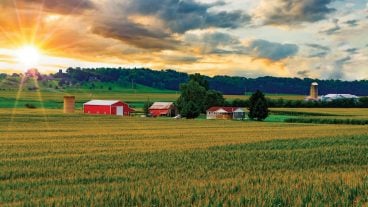
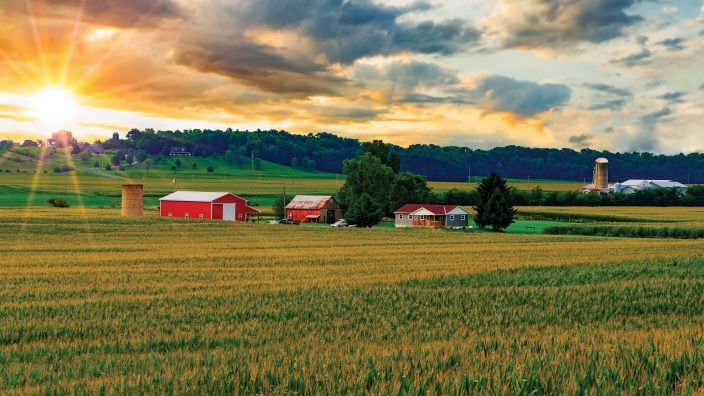
OFBF annual meeting delegates will discuss how or if current Farm Bureau policy should be modified in light of various property tax proposals.
Read More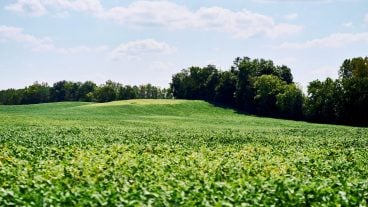
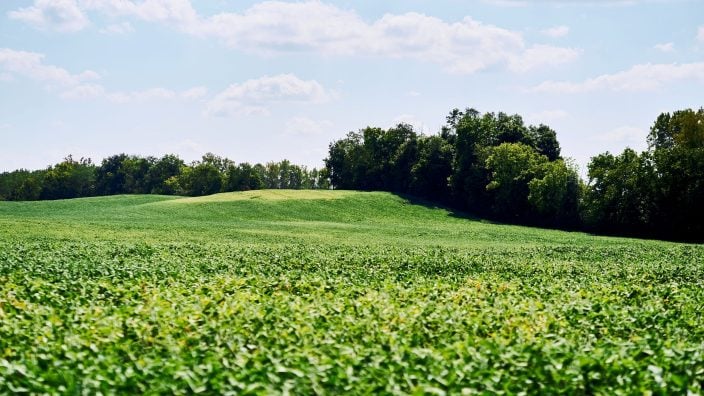
In 2025, about 21 counties are going through a reappraisal or update, and because Ohioans pay taxes one year behind, they will see new property tax bills in January 2026.
Read More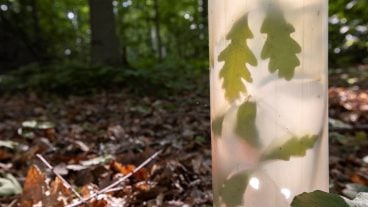
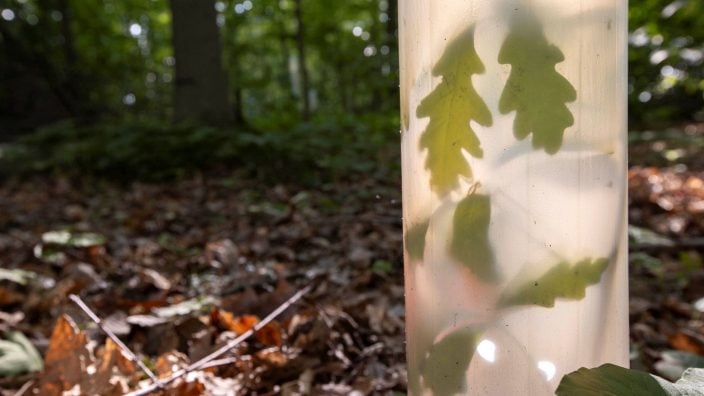
Overall, proper care, maintenance and communication are all essential parts of the process when it comes to trees.
Read More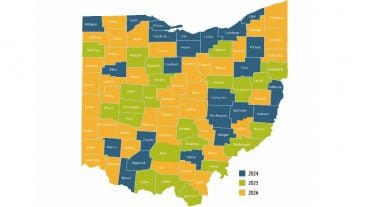
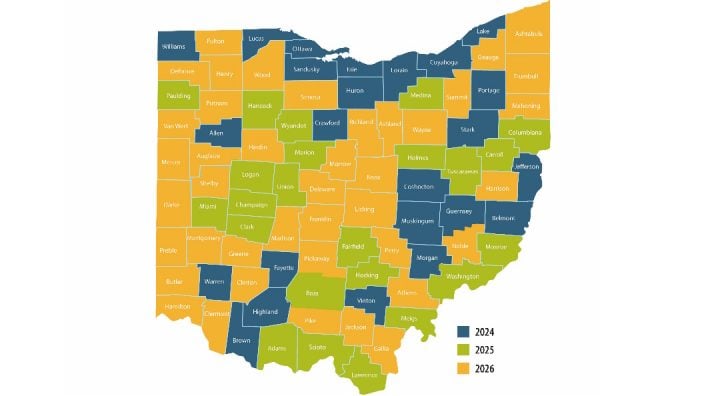
This will apply to the 23 counties on the revaluation cycle in 2025, who will see updated values and tax bills in January 2026.
Read More

‘We never stop pushing to ensure farmland taxation is fair and reflects the realities of agriculture.’ ~ Mandy Orahood
Read More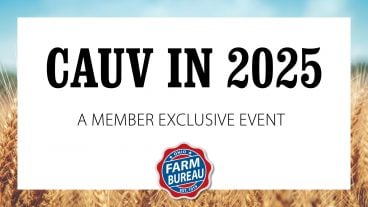

In this recording, learn about the recent increases in Ohio CAUV values, gather information to help you understand the property tax system, and get an update on legislative action.
Read More

Join us for an informative session March 8. Experts will explain recent changes, answer your questions, and help you better understand how CAUV impacts you.
Read More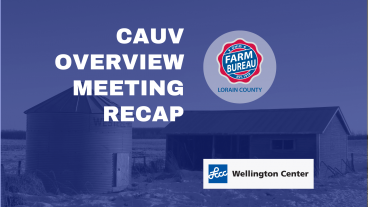

Lorain County Farm Bureau hosted a CAUV meeting Jan. 30, 2025 at LCCC Wellington Center presented by the Lorain County Auditor’s Office and Lorain County Farm Bureau.
Read More

Join Ohio Farm Bureau for a free webinar Feb. 11 to discuss the recent increases in CAUV values, Registration is required.
Read More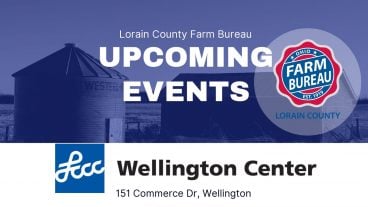

Join us Jan. 30 for a CAUV Overview Meeting at Lorain County Community College.
Read More